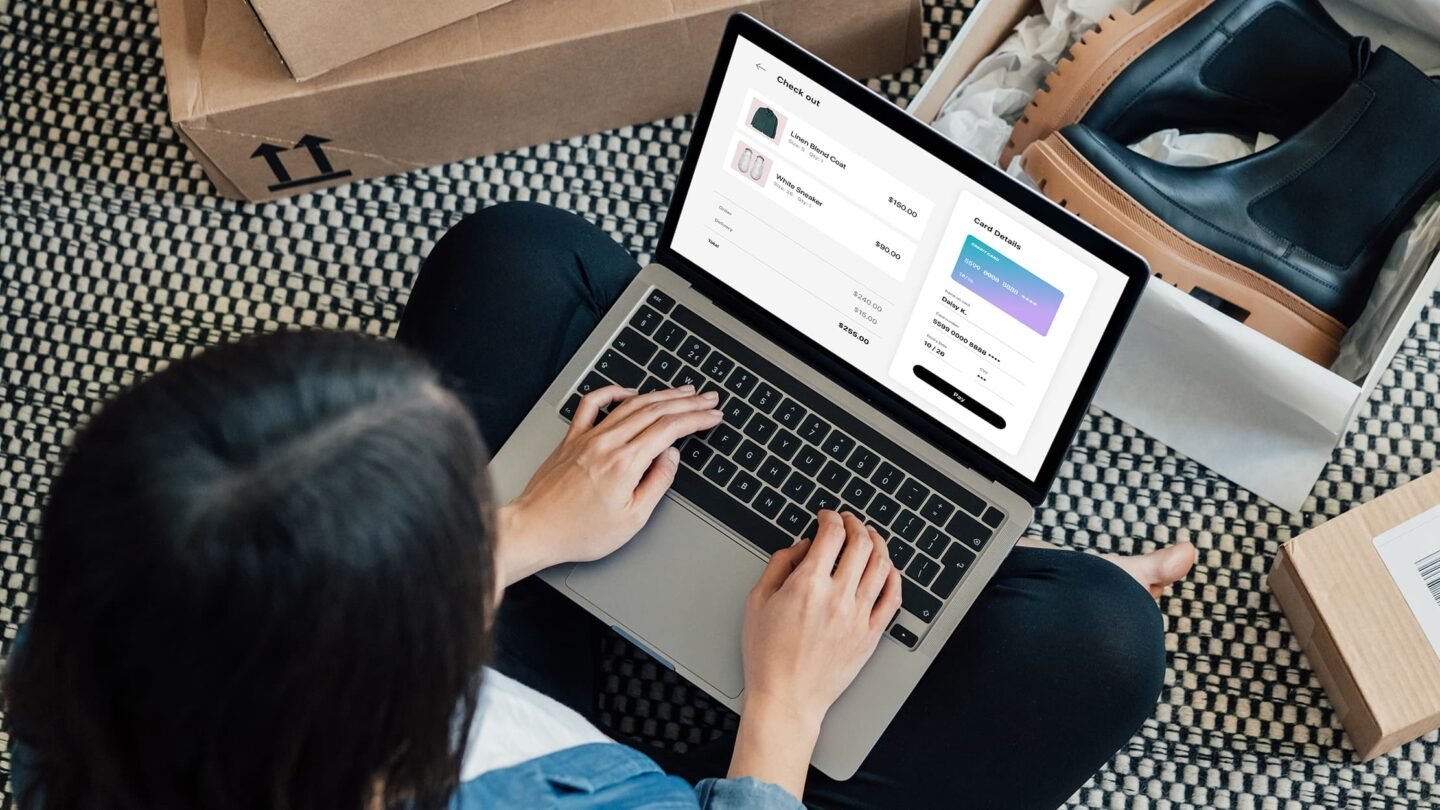Free guides and webcasts
Free Invoice Templates – Sales

Making a sale is not easy—so proper recording of that sale shouldn’t be neglected. A sales invoice is an essential tool for keeping track of the sales you make and the customer base you build. Check out our free sales invoice template, customize it to your needs, and start selling!
Download the Invoice Template for Sales
How to use this invoice template
Our free sales invoice template is simple and intuitive to use. Once downloaded, it’s fully customizable to the specifications of you and your business.
- Make sure to add your company logo and contact information at the top.
- Add and remove lines as needed, formatting the sales receipt to include only aspects relevant to your business.
- Leave a space to mark the invoice paid or unpaid for simplified future reference.
- Get out there and make some sales!
What sales businesses need to know about invoicing
What should be included on an invoice for sales
Sales invoices vary by what’s being sold. Since the invoice will have the long-lasting utility your business, you’ll want to tailor to make the most sense for your style of recordkeeping. A good sales invoice includes, for example, the following:
- The name of your company
- The name of your customer
- The date of sale
- Invoice Number
- A list of the products sold
- Quantity of each product sold
- The price you’re charging per unit, including tax (if applicable)
- Additional costs increasing the final total, including shipping charges or any discounts applied
- The total price you’re charging
From there, you can get creative. If you also keep a record of your customers’ email addresses, you can periodically inform them via email about new products you’re offering that might interest them. Additionally, having your clients’ email addresses allows you to follow up with them and send them a confirmation of payment via email for their own records.
If you really want to go the extra mile and customize your invoice, you may also want to include any applicable warranty information on your itemized list of products. Peace of mind goes a long way when it comes to building customer trust. In strengthen that trust, you could include a personal guarantee of satisfaction, if not for the physical product then for the experience. Selling is connecting—you want to make sure that connection is maintained after the transaction is completed.
When to send an invoice
Here’s another area where practices vary. If your sales are conducted face-to-face, invoicing on the spot can be a good method to keep the payment on pace with the sale. Closing each transaction as it’s conducted keeps things neat in terms of recordkeeping. With a sales invoice, you are documenting the exchange of money for a tangible thing. Customers understand this and they’re willing to pay upon receipt—in fact, that’s what they’re used to.
Although the vast majority of invoicing (and payment) in sales is conducted at the point of purchase, invoicing at a later date does well to cultivate and maintain the trust of your customer base. Depending on your individual sales style, this could be the right move. For example, if you’re the sales arm of an operation that also makes use of manufacturing, your client may generate a purchase order or a request/agreement to purchase items that need to be manufactured, such as furniture or clothing. Once the items requested on the purchase order have been created, then you could send a sales invoice to the customer to request payment for the goods prior to shipping.
Invoice like a pro
There’s a motto in the sales business: cash flow is king. Proper invoicing is how you keep it flowing. Here are a few tips on how to do it right.
- Make sure it looks good. – a professional appearance is a simple, but very important a feature of any sales invoice. Customers want to know they’re giving their money to a business that has their proverbial “stuff” together. Don’t come off as an amateur.
- Make sure it’s correct. – good looks only get you so far—you have to make sure all information is accurate and all terms clearly spelled out. Straightforwardness goes a long way with an educated consumer.
- Consider automating your invoicing. – as well as exuding a sense of professionalism, this tip will save your business time and money in the long run. Automated invoicing adds a level of convenience for your customer while eliminating grunt work for you.
Try out these tips and see what gets the best results—remember, different methods work for different businesses. And if you’re thinking about automation, be sure to check out Sage Business Cloud Accounting online invoicing tools.
Invoicing tips from business owners like you
Each person’s sales style is unique, usually a mix of tactics culled from a variety of sources—that can be an interesting technique to apply to your invoicing. Check out these tips from business owners and see how they can work for you.
- Support customer preferences – this is a big one. Your customer base may have a largely singular or varied set of preferences when it comes to payment. It’s important to make it as easy as possible for your customer to pay you. If you serve a younger population, make sure you keep current with the forms of payment they’re using (such as PayPal and Venmo) and accept them. If the reverse is true, make sure you take checks.
- Log products sold – you log the products on the invoice so your customer can see exactly what they’re paying for. Take it a step further and log each product with its own individual number. Using a convention can make reviewing and decisions based on your sales history a whole lot easier, optimizing data input on your end down the line.
- The follow-up – this is a useful tactic to get unpaid invoices paid in a timely manner while monitoring customer satisfaction. Often, a soft touch is the best approach on the initial follow-up. A friendly conversation can go a long way in business. Ask if the customer has any questions about the invoice you may be able to help them with. Remind them of your accepted methods of payment.







Ask the author a question or share your advice